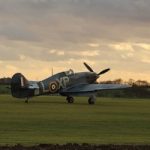Admiral Beez
Major
I bought a used copy via www.abebooks.com for cheap, read it cover to cover and them, due to my minimalist tendencies quickly resold it on eBay.Admittedly, I'm saying this on the basis of relatively little hard data. I was never able to acquire the "Bloody Shambles" series which is sadly out of print now and very expensive.
Here's an online version >


